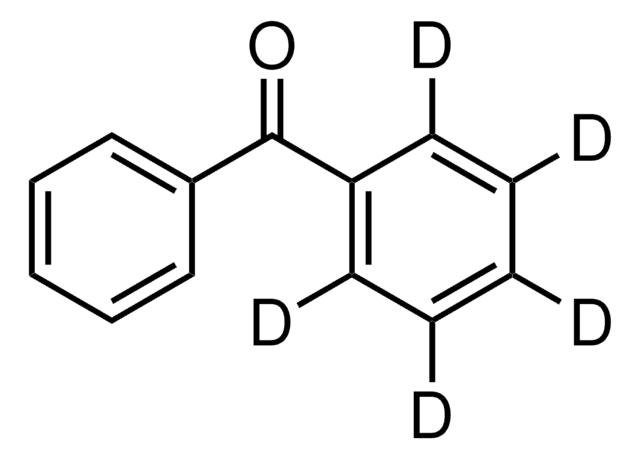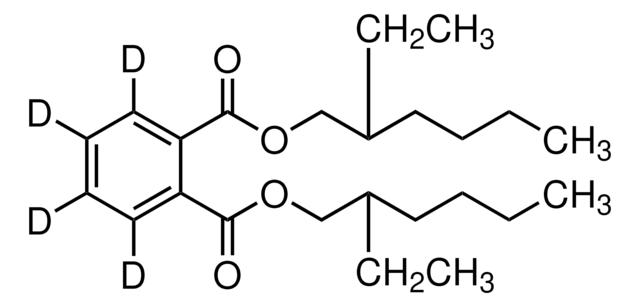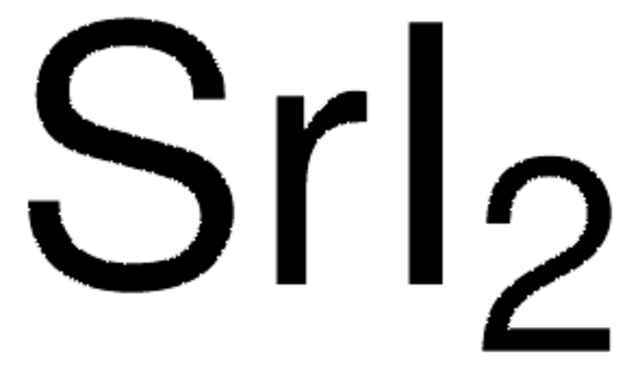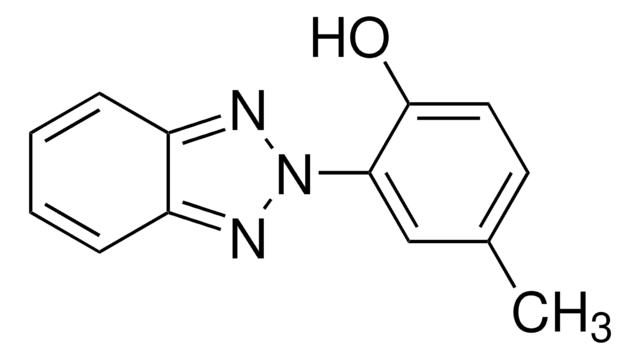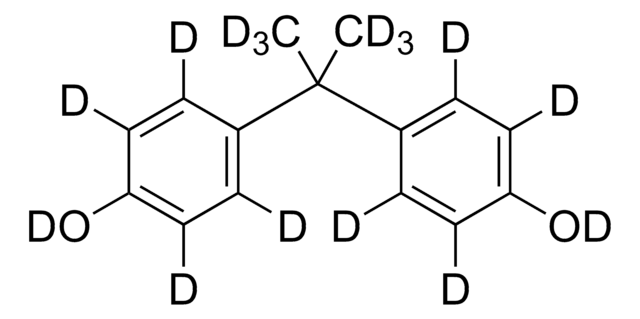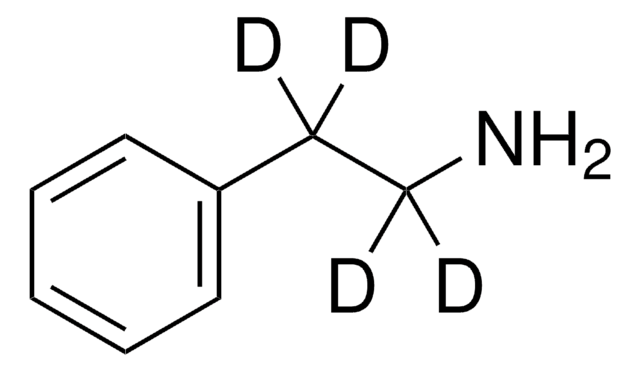471178
Benzophenone-d10
99 atom % D
Sinónimos:
Di(phenyl-2,3,4,5,6)-methanone-d10
About This Item
Productos recomendados
isotopic purity
99 atom % D
form
solid
bp
305 °C (lit.)
mp
47-51 °C (lit.)
mass shift
M+10
SMILES string
[2H]c1c([2H])c([2H])c(c([2H])c1[2H])C(=O)c2c([2H])c([2H])c([2H])c([2H])c2[2H]
InChI
1S/C13H10O/c14-13(11-7-3-1-4-8-11)12-9-5-2-6-10-12/h1-10H/i1D,2D,3D,4D,5D,6D,7D,8D,9D,10D
InChI key
RWCCWEUUXYIKHB-LHNTUAQVSA-N
¿Está buscando productos similares? Visita Guía de comparación de productos
Categorías relacionadas
Packaging
signalword
Danger
hcodes
Hazard Classifications
Aquatic Chronic 3 - Carc. 1B - STOT RE 2 Oral
target_organs
Liver,Kidney
Storage Class
6.1C - Combustible acute toxic Cat.3 / toxic compounds or compounds which causing chronic effects
wgk_germany
WGK 1
flash_point_f
280.4 °F - closed cup
flash_point_c
138 °C - closed cup
Elija entre una de las versiones más recientes:
¿Ya tiene este producto?
Encuentre la documentación para los productos que ha comprado recientemente en la Biblioteca de documentos.
Los clientes también vieron
Nuestro equipo de científicos tiene experiencia en todas las áreas de investigación: Ciencias de la vida, Ciencia de los materiales, Síntesis química, Cromatografía, Analítica y muchas otras.
Póngase en contacto con el Servicio técnico